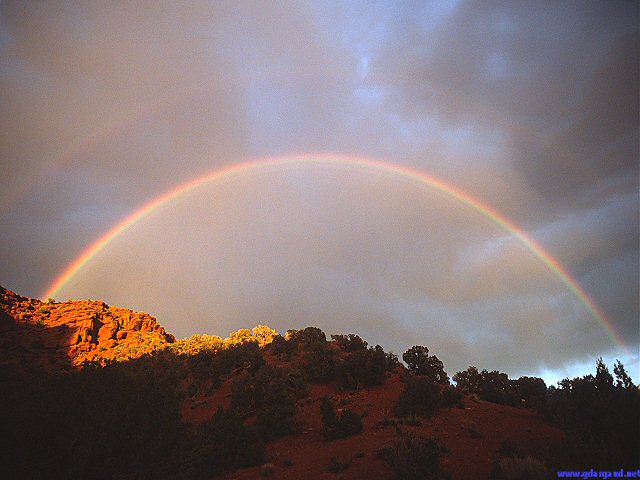The origins of Indian classical music can be found in the oldest of scriptures, part of the Hindu tradition, the Vedas. It has also been significantly influenced by Indian folk music, and Hindustani music has been influenced by Persian music. The Samaveda, one of the four Vedas, describes music at length. The Samaveda was created out of Rigveda so that its hymns could be sung as Samagana; this style evolved into jatis and eventually into ragas. Indian classical music has its origins as a meditation tool for attaining self realization. Bharat’s Natyashastra was the first treatise laying down fundamental principles of dance, music and drama.
Indian classical music is both elaborate and expressive. Like Western classical music, it divides the octave into 12 semitones of which the 7 basic notes are Sa Re Ga Ma Pa Dha Ni Sa, in order, replacing Do Re Mi Fa Sol La Ti Do. However, it uses the just intonation tuning, unlike most modern Western classical music, which uses the equal-temperament tuning system.
Indian classical music is monophonic in nature and based around a single melody line, which is played over a fixed drone. The performance is based melodically on particular ragas and rhythmically on talas. Because of the focus on exploring the raga, performances have traditionally been solo endeavors, but duets are gaining in popularity.
Indian classical music is both elaborate and expressive. Like Western classical music, it divides the octave into 12 semitones of which the 7 basic notes are Sa Re Ga Ma Pa Dha Ni Sa, in order, replacing Do Re Mi Fa Sol La Ti Do. However, it uses the just intonation tuning, unlike most modern Western classical music, which uses the equal-temperament tuning system.
Indian classical music is monophonic in nature and based around a single melody line, which is played over a fixed drone. The performance is based melodically on particular ragas and rhythmically on talas. Because of the focus on exploring the raga, performances have traditionally been solo endeavors, but duets are gaining in popularity.


No comments:
Post a Comment
Comments